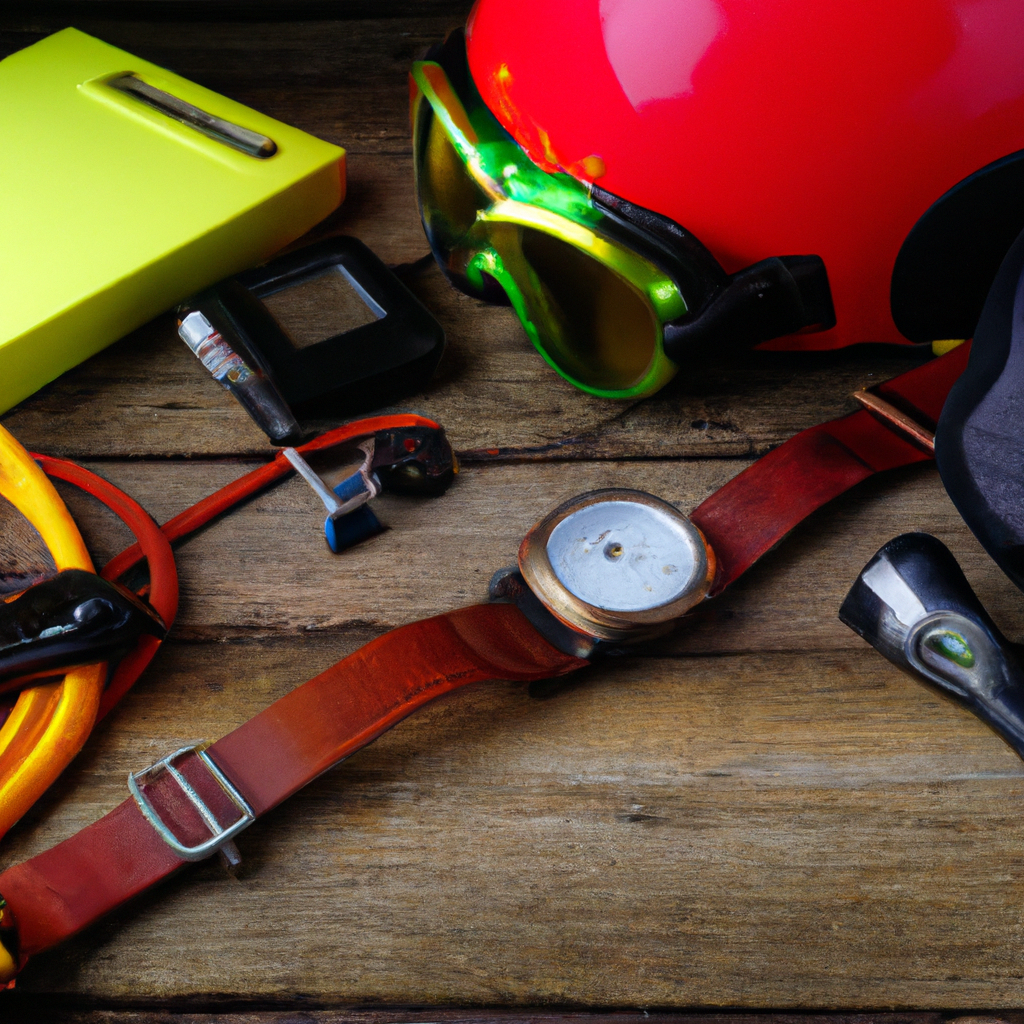The Essential Kit: Complete Guide to Equipment for Nautical Activities

Boating and water activities, whether recreational or sporting, offer a unique and exciting way to interact with the water. To get the most out of these experiences, having the right equipment is essential. Not only does this ensure a safer and more comfortable activity, but it can also enhance performance and fun. In this article, we will explore the equipment needed for each water activity, from safety essentials to specific equipment for different types of boating, recommended water sports accessories, and a practical guide to selecting the right equipment for sport fishing. Whether you are an avid sailor, water sports enthusiast, or sport fisherman, this article will provide you with the information you need to equip yourself properly.
- 1. "Safety Essentials for Nautical Activities"
- 2. "Specific Equipment for Different Types of Navigation"
- 3. "Recommended Equipment for Water Sports"
- 4. "Guide to Choosing the Right Equipment for Sport Fishing"
1. "Safety Essentials for Nautical Activities"
For any water sports activity, safety should always be the top priority. Whether you are kayaking, paddle boarding, sailing or diving, you will always need a life jacket appropriate for your weight and height, which should be brightly coloured and have a light to make it easy to spot you in an emergency. Additionally, an air horn or whistle is essential so you can call attention in dangerous situations. Another important item is a waterproof first aid kit, which should include bandages, antiseptic, scissors and any essential medication. If you are practising a sport that takes you away from the shore, such as sailing or sea kayaking, it is advisable to carry a marine VHF radio so you can communicate in case of need. Last but not least, you should always check the weather conditions before you set out and make sure someone on land knows what your plan is.
2. "Specific Equipment for Different Types of Navigation"
The type of navigation largely determines the necessary equipment. For example, sailing requires specific equipment that includes, among other things, sails, ropes, winches, pulleys and rigging. On the other hand, for motor navigation, it will be essential to have powerful engines, propellers, fuel systems, electronic navigation instruments and communication systems. For deep-sea navigation, additional elements such as life rafts, EPIRB (emergency positioning device), survival suits, among others, will be needed. On the other hand, in river or inland waters navigation, specific equipment is required for dredging, signaling and beaconing. In addition, regardless of the type of navigation, it will always be necessary to have life jackets, life rings, flares, fire extinguishers and first aid kits.
3. "Recommended Equipment for Water Sports"
The right equipment is essential for safe and effective water sports. For sports such as surfing, you need a good quality surfboard, a wetsuit to protect you from the cold, and wax to improve your grip. For sports such as kayaking, a kayak, paddle, and life jacket are essential. For diving activities, on the other hand, you need a diving suit, fins, mask, regulator, air tank, and ballast. Also, regardless of the water sport you are practicing, it is always advisable to wear waterproof sunscreen to protect your skin from UV rays, as well as a good pair of polarized sunglasses to protect your eyes. Remember that safety is the main priority in any nautical activity, so it is essential to make sure you have all the necessary equipment and that it is in good condition before you begin.
4. "Guide to Choosing the Right Equipment for Sport Fishing"
Choosing the right equipment for sport fishing is vital to having a successful and rewarding experience. First of all, you must take into account the type of fishing you are going to do, as freshwater fishing is not the same as saltwater fishing, nor is river fishing the same as deep-sea fishing. Accordingly, you must choose an appropriate rod and reel. In addition, the type of fish you want to catch will also influence the choice of equipment, as each species requires a specific type of lure. Other essential elements are the fishing line, appropriate to the weight of the fish you hope to catch, and the hooks, whose size and shape will also depend on the target species. Finally, you must not forget the life jacket, essential to ensure safety during the activity.
